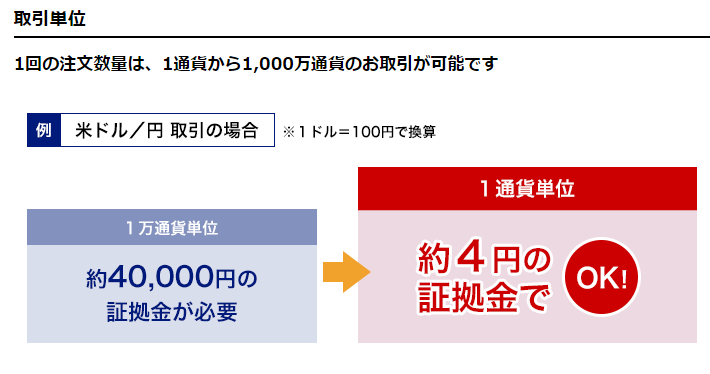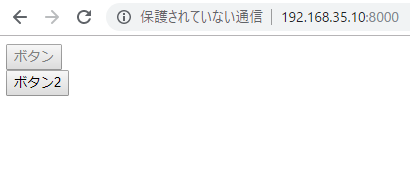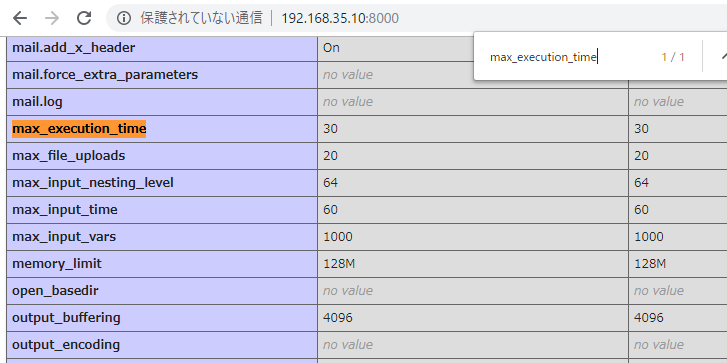まず適当に考えます。手持ち50万として、ドル円が109.958円の時、1ロットは
# 手持ち資金が50万円とする $margin = 500000; # レバレッジ25倍とする $leverage = 25; # 1ロット1万通貨 $lot = 10000; $long = 1; $short = -1*0; # ドル円価格 $dollyen = 109.958; $total = $dollyen * $lot * $long; echo $total;
->1099580
当然、109万9580円です。ここから必要証拠金を考えます。
取引単位は1ロットからで、4万円とあります。

よって、requried marginを4%と置きます。
$lot = 10000; $long = 1; $short = -1*0; # ドル円価格 $dollyen = 109.958; $total = $dollyen * $lot * $long; echo $total. "<br>"; $rmargin = $total * 0.04; echo $rmargin;
-> 43983.2
必要証拠金は43,983円
証拠金維持率は、手持ちの金額から必要証拠金を割ったものだから、
$total = $dollyen * $lot * $long; echo $total. "<br>"; $rmargin = $total * 0.04; echo $rmargin . "<br>"; $mrate = $cash / $rmargin; echo $mrate * 100;
1099580
43983.2
1136.7976863893
証拠金維持率は1136.79%
つまり、50万もってて、ドル円109.958を1ロット、ロングでもったら、証拠金維持率は1136.79%になるということだ。
>金融商品取引業等に関する内閣府令の「FX証拠金規制」により、個人のお客様からの外国為替証拠金取引においては、取引金額の4%以上の証拠金をお預け入れいただくことが義務付けられております。
なるほど、この必要証拠金4%ってのは、金商法の規制ってわけね。
で、肝心のロスカットはというと、

必要証拠金が50%を下回ると、強制ロスカットというわけですね。
# 手持ち資金が50万円とする
$cash = 500000;
# レバレッジ25倍とする
$leverage = 25;
# 1ロット1万通貨
$lot = 10000;
$long = 1;
$short = -1*0;
# ドル円価格
$dollyen = 109.958;
echo “ポジション:” . $dollyen.”円
“;
$total = $dollyen * $lot * $long;
echo “投資額:” .$total. “円
“;
$rmargin = $total * 0.04;
echo “必要証拠金:” .$rmargin . “
“;
$mrate = $cash / $rmargin;
echo “証拠金維持率:” .$mrate * 100 . “%
“;
if ($mrate < 0.5){ echo "ロスカットが発生しました"; } else { echo "ロスカットに注意してください。" } [/php] こうか?? 必要証拠金は、現在の値によって変化するからちょっと違うな。


